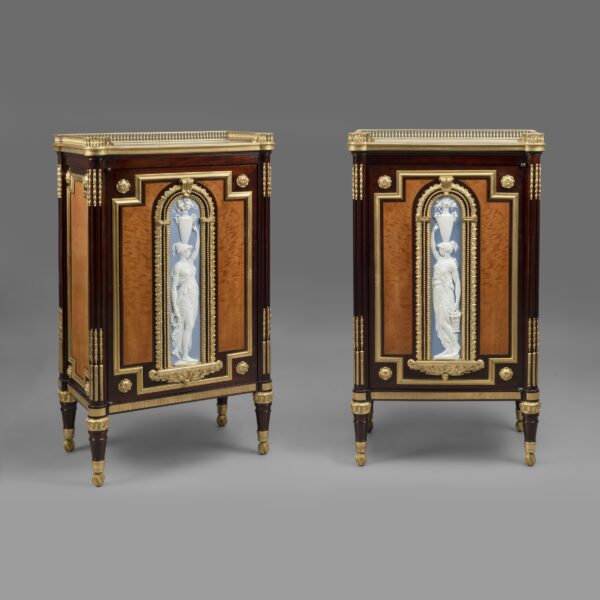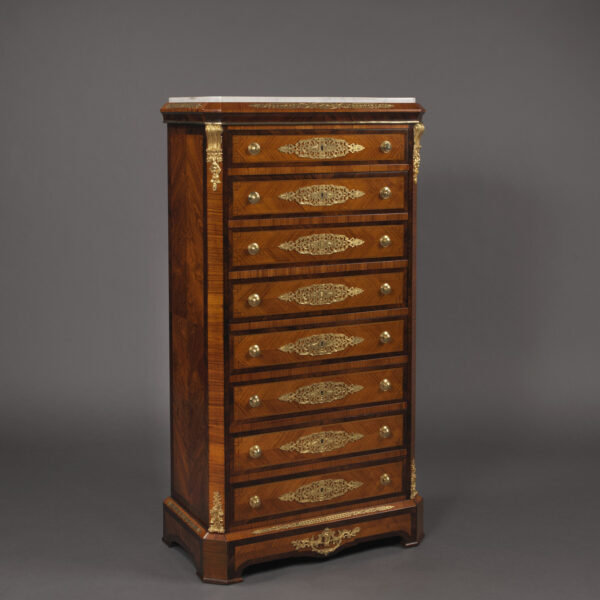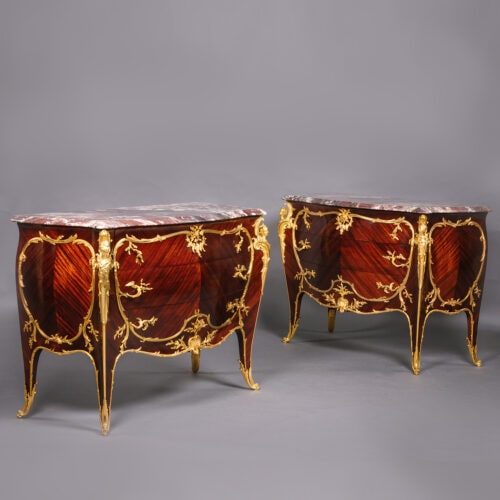ميزون بوردلي
An Exhibition Gilt-Bronze Mounted Marquetry Cabinet on Stand
POA
A Gilt-Bronze Mounted Marquetry Cabinet on Stand By Emmanuel-Alfred (dit Alfred II) Beurdeley Of elliptical shape, this rare cabinet is designed...
ابعاد
Height: 173 cm (69 in)Width: 83 cm (33 in)
Depth: 55 cm (22 in)
وصف
A Gilt-Bronze Mounted Marquetry Cabinet on Stand
By Emmanuel-Alfred (dit Alfred II) Beurdeley
Of elliptical shape, this rare cabinet is designed to be viewed in the round. An exhibition piece, it illustrates the exceptional abilities in the art of ébénisterie for which Beurdeley was famed. The quality is evident from the marble top, with its stiff-leaf cut edge, to the marquetry door panel and the finely cast gilt-bronze mounts.
The elliptical vert maurin marble top has eared corners. The lip of the marble top is beautifully carved with stiff-leaf detailing. The frieze is ornamented with a gilt-bronze guilloche mount, filled with sunflowers and roses. The front has a female mask with ribbon-tied plats and festooned with laurel swags. The front door has a marquetry panel composed in various fruitwoods and dyed sycamore, emblematic of celebration and depicting a flower entwined amphora with wing caryatid handle; a tazza of fruit; three dice; a marotte; a mandolin and sheets of music. All are arranged beneath a drawn curtain. The interior is fitted with two shelves. The cabinet stand is fronted by a draw with oak-wreath escutcheon and cornered by massive ram’s heads or têtes de belier, on tapering legs with hoof feet.
Variously stamped ‘A. BEURDELEY / A PARIS’. Incised ‘BY’ marks behind gilt-bronze mounts.
France, Circa 1878.
Exhibited:
Exposition Universelle, Paris, 1878.
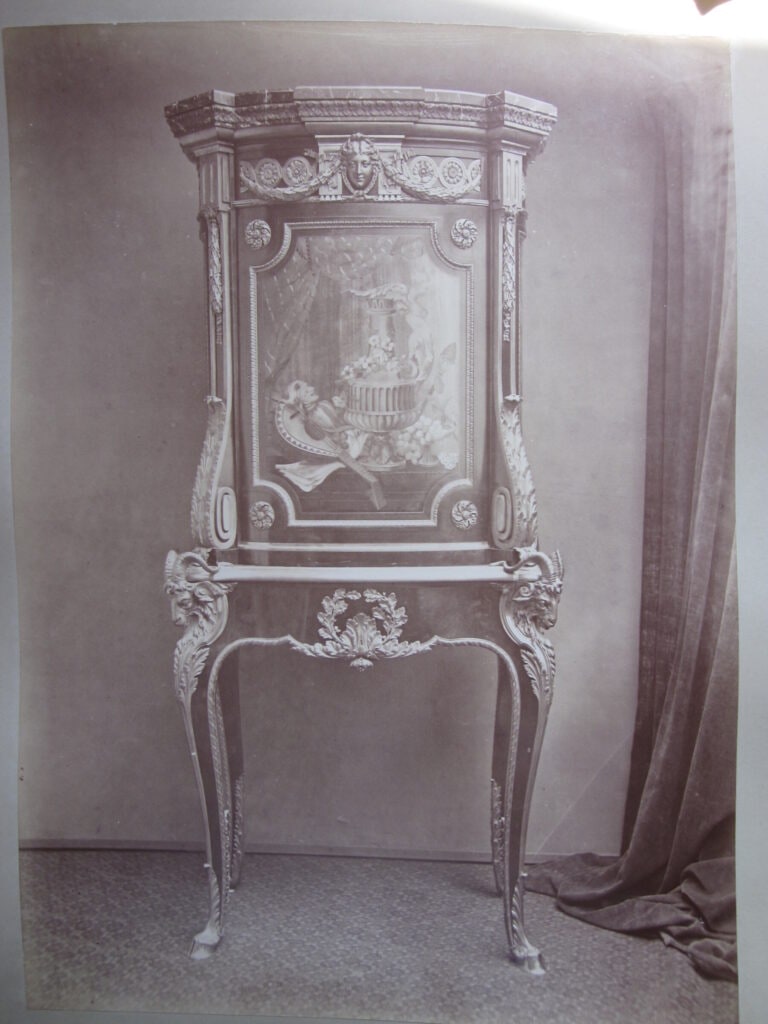
The cabinet recorded in the Beurdeley family archive. A.Beurdeley à Paris. Marquetry cabinet exhibited in 1878 (photographed credit: Tissier aîné, Paris © Camille Mestdagh).
This cabinet was part of Beurdeley’s gold medal winning stand at the Paris Exposition universelle of 1878. It is recorded by Falize Fils that Beurdeley himself designed this piece:
‘with ram’s heads’. Émile Bergerat described it ‘a piece of furniture with ram’s heads in the style of Delafosse […] I notice that Mr. Alfred Beurdeley is very moderate in the distribution of his bronze and his ciselure. The form never disappears under the ornament and the eye of the spectator is not tormented by superfluous garlands, bunches, and borders. The marquetry of the central amaranth wood panel is very harmonious in tone, it blends well into the whole, and its decorative motif seemed to me cheerful and spiritually imagined. The curved lines evoke the Louis XV style, but with Louis XVI style ornaments, all designed according to the imagination of the manufacturer, his personal vision of styles and not with the aim of imitation. You should know that Mr. Beurdeley does not copy old models as so many others do; but he creates in a given style’ (Bergerat Emile, « Art Industriel, L’ébénisterie », Les chefs d’œuvre d’art à l’Exposition Universelle, Paris, 1878).
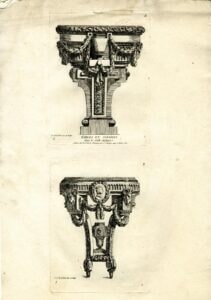
Beurdeley’s design is inspired by the neoclassic ‘goût grec’ designs of the architect Jean Charles Delafosse (1734–1789). Compare elements of the ‘Tables et consoles dans le goût antique, published in Nouvelle iconologie historique, circa 1767/7.
To the scholar of furniture history, it is interesting that although this cabinet is inspired by the neoclassicism of the Louis XVI period, in the 1870s it would have been considered as something entirely new. It is uniquely of its time. Today’s connoisseur must admire its rarity, the beautiful proportions and matchless quality of the construction, evident in the marquetry, choice of timbers and stunning gilt-bronze mounts.
A variation of this model, decorated with Japanese lacquer and with minor differences to the gilt-bronze mounting, sold at Sotheby’s in 2007.
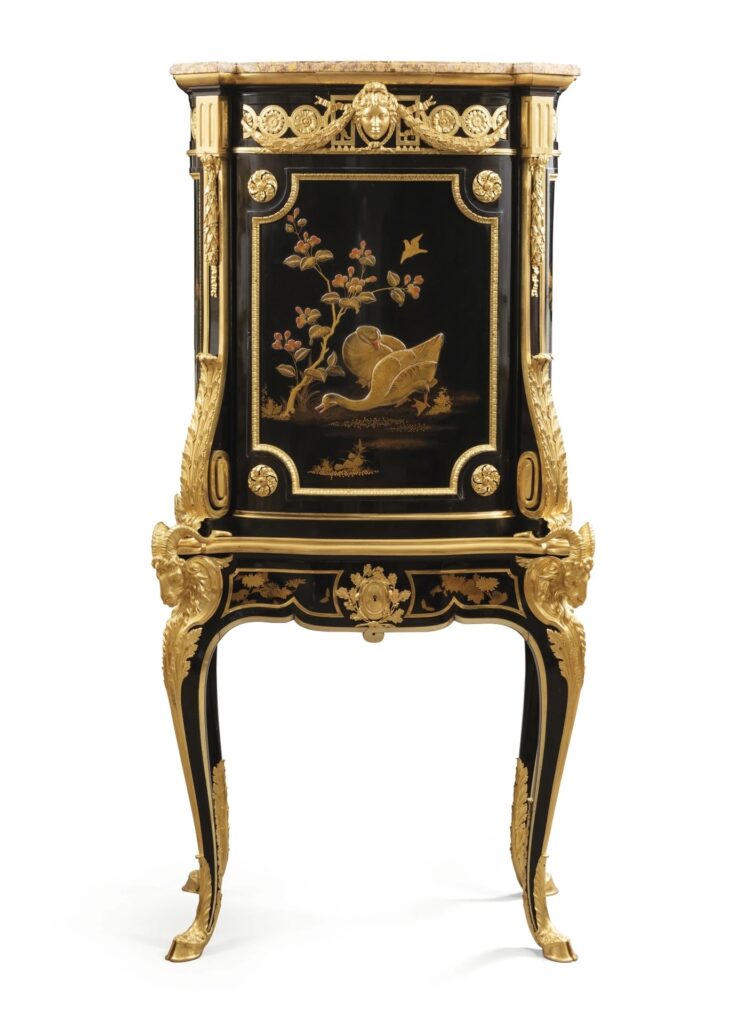
A variation of the same model by Beurdeley with Japanese lacquer. It sold from A Private Collection, Vol. II, Sotheby’s, New York, 19 April 2007, lot 129 (price realised $408,000).
تاريخ
حوالي عام 1878
أصل
فرنسا
متوسط
Mahogany, Gilt-Bronze & Marble
توقيع
Variously stamped 'A. BEURDELEY / A PARIS'. Incised 'BY' marks behind gilt-bronze mounts.
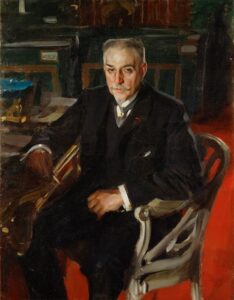
Emmanuel-Alfred (dit Alfred II) Beurdeley (1847-1919)
The Beurdeley family were a flourishing dynasty of three generations of fine quality cabinetmakers working from 1818 to 1895. The firm was particularly well known for its exceptional metalwork, most commonly basing their designs on important eighteenth century examples. Their mercurial gilding and hand chasing are often of such a high standard that it is difficult to distinguish them from late eighteenth century work.
The founder of the dynasty Jean Beurdeley (1772-1853) was a Burgundian craftsman conscripted into the Napoleonic army. After hostilities ended in 1815 he settled in Paris opening a shop for curiosités and working as a latter day marchand mercier. Initially based on the rue Saint-Honoré, in 1840 Beurdeley moved to the famous Hanover Pavilion situated on the corner of rue Louis-Legrand and boulevard des Italiens, and the business was run by his only surviving son, Louis-Auguste-Alfred (dit Alfred I) Beurdeley (1808-1882). This successful business, which had numerous official commissions including in 1853 the marriage coffer for the Empress Eugénie, was continued by Alfred I’s son, Emmanuel-Alfred (dit Alfred II) Beurdeley (1847-1919).
The success and reputation of the firm continued under Alfred II who took over from his father in 1875 and won a gold medal at the 1878 Paris Exposition Universelle. Following on from this glory, he went on to open a shop in New York. His participation in the 1883 Amsterdam Universal Exhibition drew even further attention to his work, and possibly as a result he was awarded the Ordre National de la Légion d’Honneur, France’s highest official mark of recognition. Beurdeley’s most magnificent display was at the Chicago World’s Fair of 1893 when they advertised themselves as ‘makers of furniture and decorative bronzes in the antique styles’ from ‘French Historic Castles’. Centerstage, surrounded by an impressive selection of wares was Beurdeley’s magnificent replica of the ‘Bureau du Roi’, perhaps the most famous piece of furniture ever made.
Beurdeley received substantial commissions for the American titans of the Gilded Age and his increasing popularity with America’s industrialists was underscored by his participation in the Chicago World’s Fair. Beurdeley supplied various objects and furnishings for the renovation of The Cornelius Vanderbilt II Mansion, described as an ‘early French Renaissance style château’, at the northwest corner of West 57th Street and 5th Avenue in New York, including a bronze-mounted marble fire surround which had been exhibited in Chicago. Probably under the direction of interior decorator Jules Allard & Fils, Beurdeley executed numerous bronze and marble objects for Cornelius Vanderbilt’s Newport ‘cottage’, The Breakers (see in C. Mestdagh, op. cit., pp. 128-123).
Beurdeley was renowned for making exquisite reproductions of celebrated pieces by the master makers of the Ancien Régime. The quality of the firm’s reproductions is such that they are often mistaken for period originals and Beurdeley predominantly owed its considerable commercial success to supplying furniture in the ‘French Royal Styles’ for the 19th century collecting elite. A masterpiece of French furniture might remain out of reach in a noble or museum collection, but a 19th century collector visiting exhibits such as the 1865 Musée Retrospectif could commission an exquisitely crafted replica and thus show their sophisticated taste. In the 19th century, commissioning furniture in this way was a legitimate antiquarian interest which demonstrated an appreciation for, and understanding of, the historical importance of art, a trend notably championed by 4th Marquess of Hertford, founder of the Wallace Collection. The copies were not designed to deceive, as nearly all works were prominently marked by Beurdeley, whose genius captured the true essence of the original. Throughout their history Beurdeley also innovated by employing their considerable technical and artistic abilities to create new designs or meld elements of those so greatly admired in the 18th century. Alfred II created new designs of his own which are inspired by and indebted to the Louis XV and Louis XVI styles, but credited as entirely his own: ‘all designed according to the imagination of the manufacturer, his personal vision of styles and not with the aim of imitation. You should know that Mr. Beurdeley does not copy old models as so many others do; but he creates in a given style’ (Bergerat Emile, « Art Industriel, L’ébénisterie », Les chefs d’œuvre d’art à l’Exposition Universelle, Paris, 1878).
The company’s workshops finally closed in 1895 and Beurdeley’s stock was sold over a number of auctions conducted by Galerie Georges Petit of Paris. Two catalogues of the collection were published in 1895 and sales were held between 6-8 March and again on 27-28 May.
The originality and the incredible quality of Beurdeley’s work make them pre-eminent amongst Parisian makers of meubles de luxe. In addition to various works held by museums and historic collections, over the past twenty years academic research and an appreciation for the superb quality of their furniture and works of art has stimulated a growth in demand for pieces by Beurdeley.
Bibliography:
Ledoux – Lebard, Denise. Les Ébénistes du XIXe siècle, Les Editions de L’Amateur, (Paris), 1984; pp. 75-82.
Mestdagh, Camille & Lécoules, Pierre. L’Ameublement d’Art Français, 1850-1900, Les Editions de L’Amateur, (Paris), 2010; pp.262-276.
Meyer, Jonathan. Great Exhibitions – London, New York, Paris, Philadelphia, 1851-1900, Antique Collectors’ Club, (Woodbridge, UK), 1984 ; pps. 175, 247, 269, 270, 290, 298.
Exhibited at L’ Exposition Universelle, Paris, 1878.
This cabinet is illustrated in ‘Album Beurdeley’ reproduced in Mestdagh, Camille & Lécoules, Pierre. L’Ameublement d’Art Français, 1850-1900, Les Editions de L’Amateur, (Paris), 2010; p. 152.
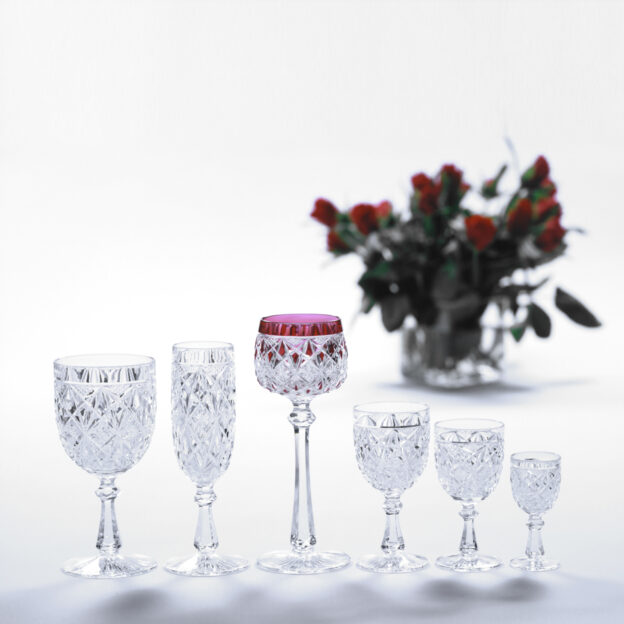




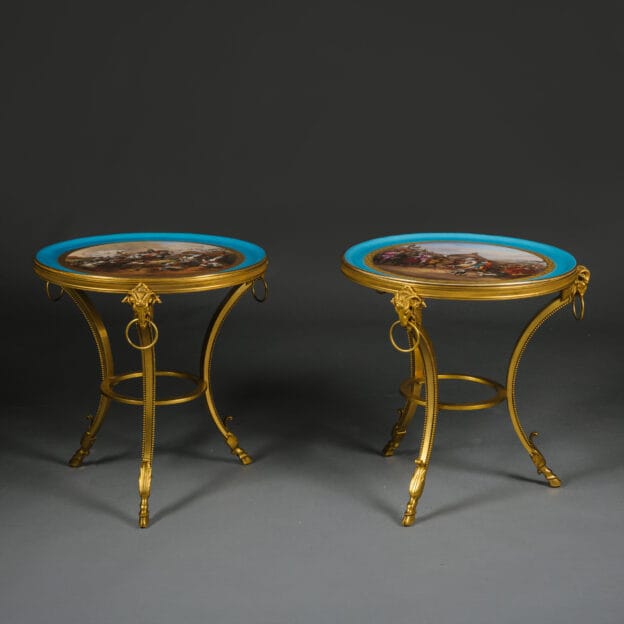
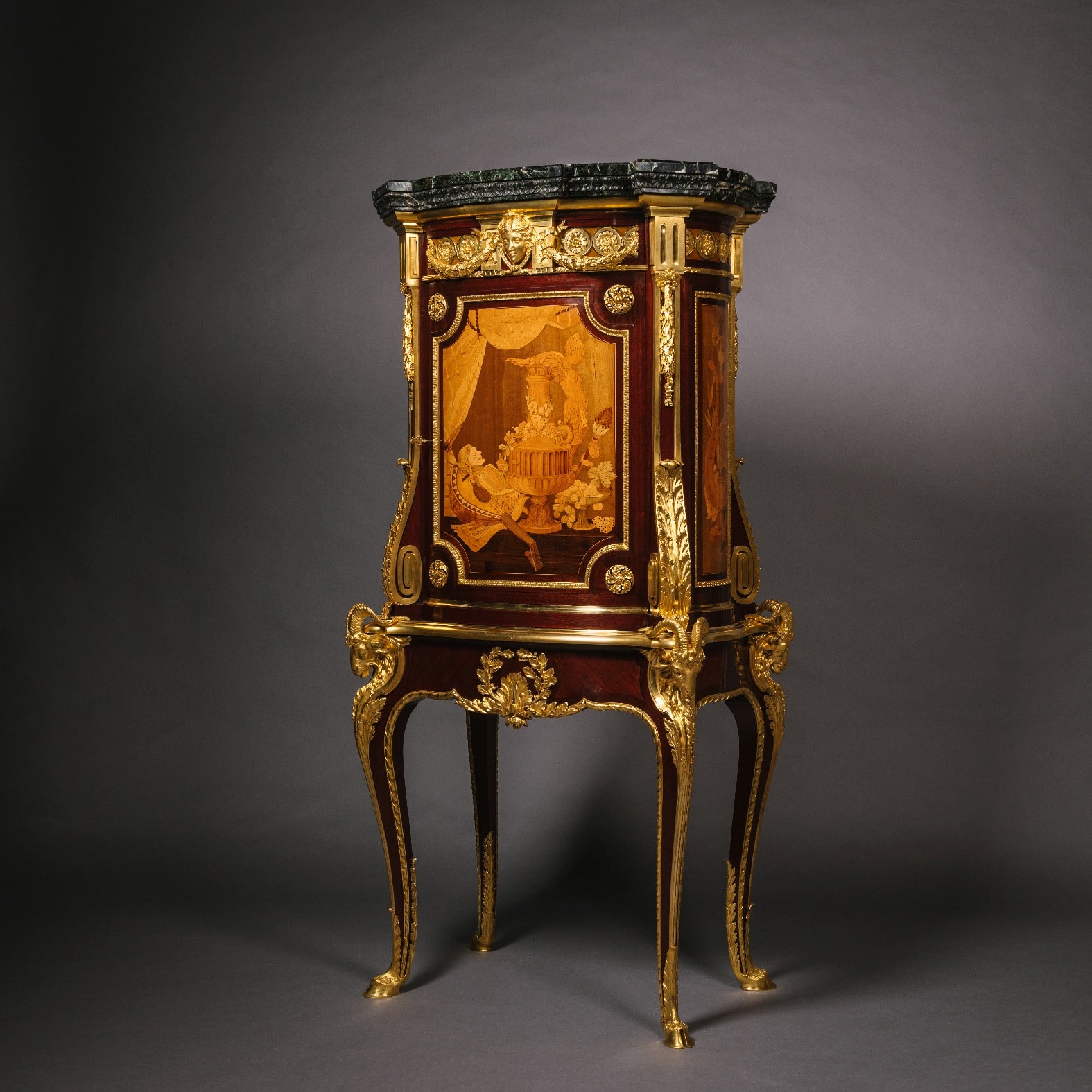
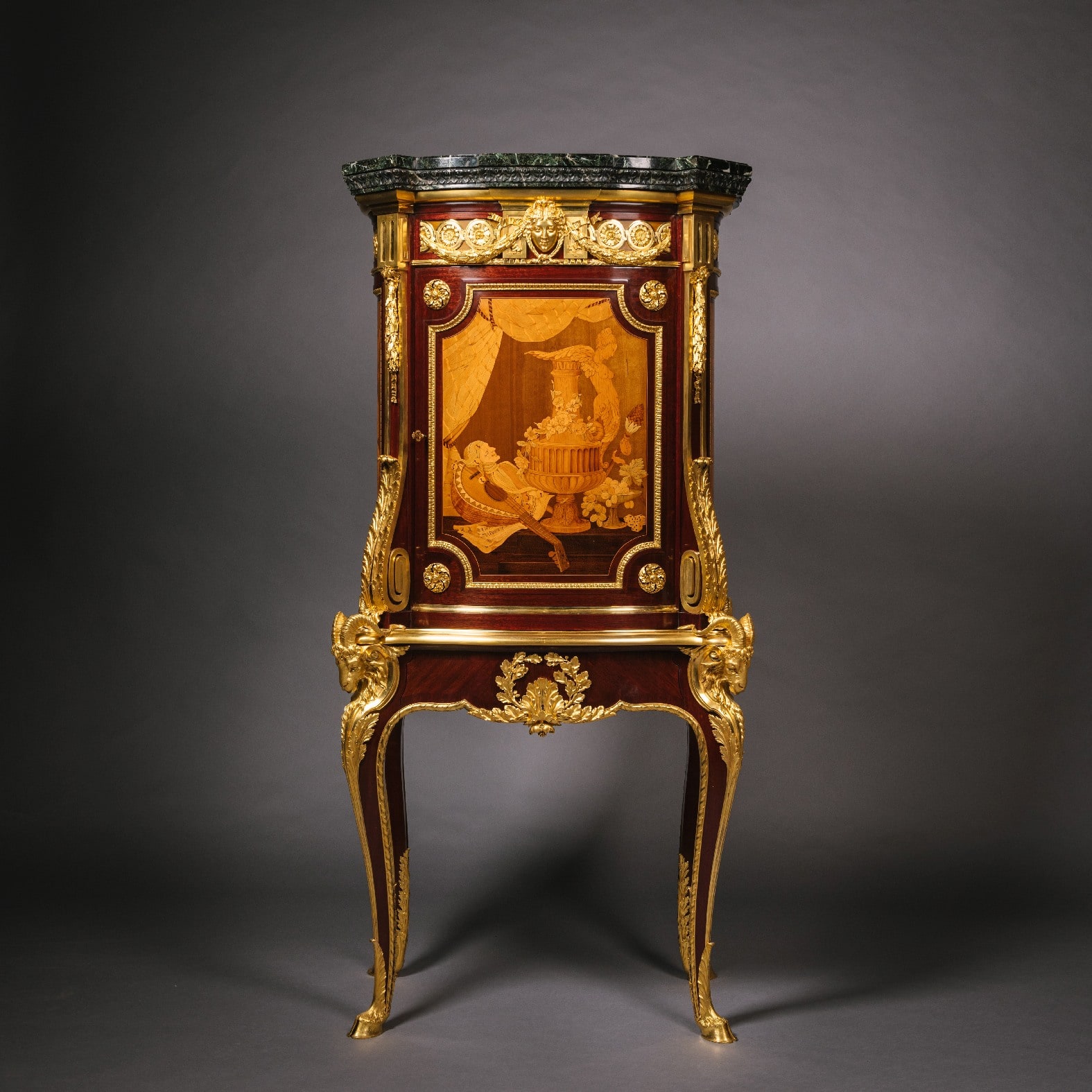
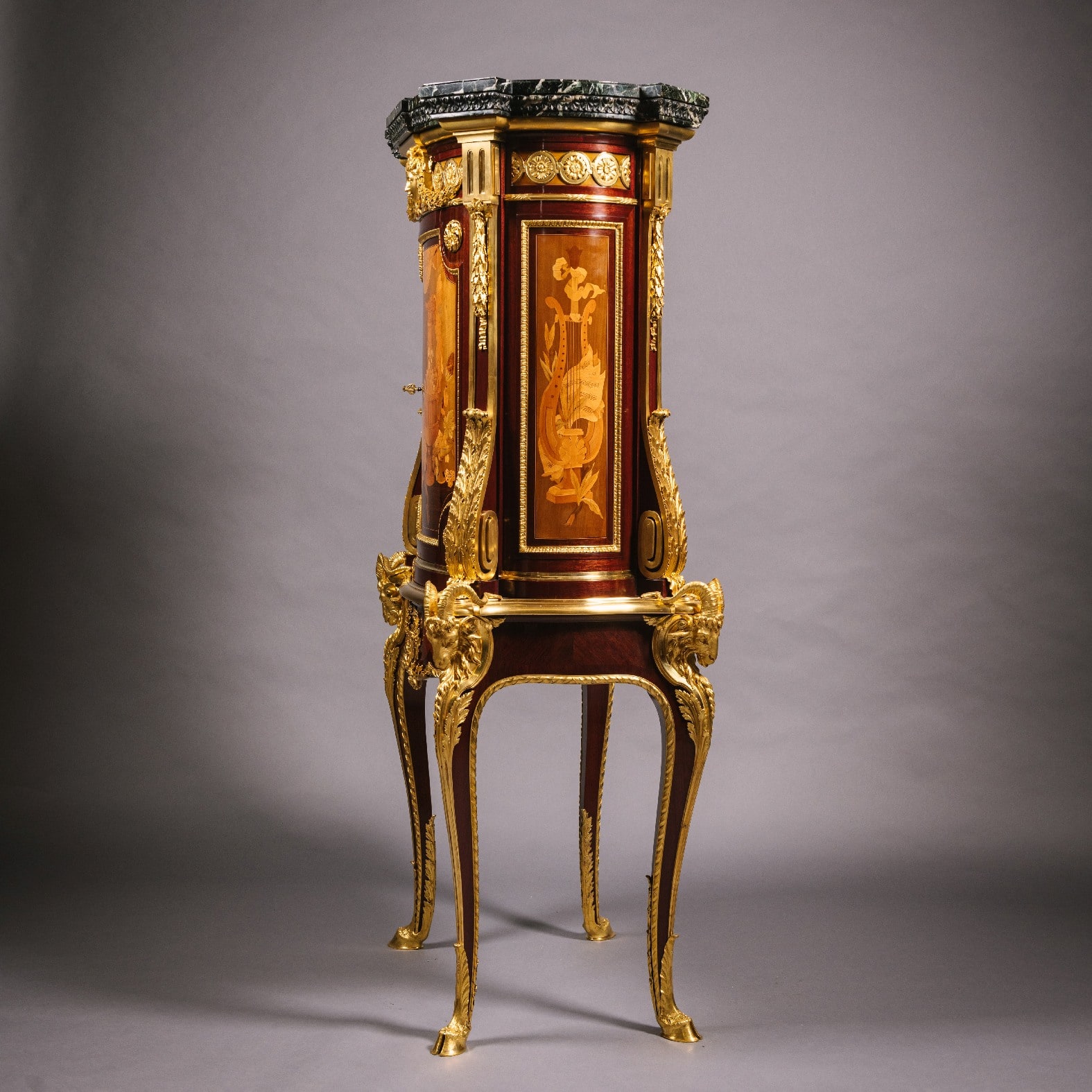

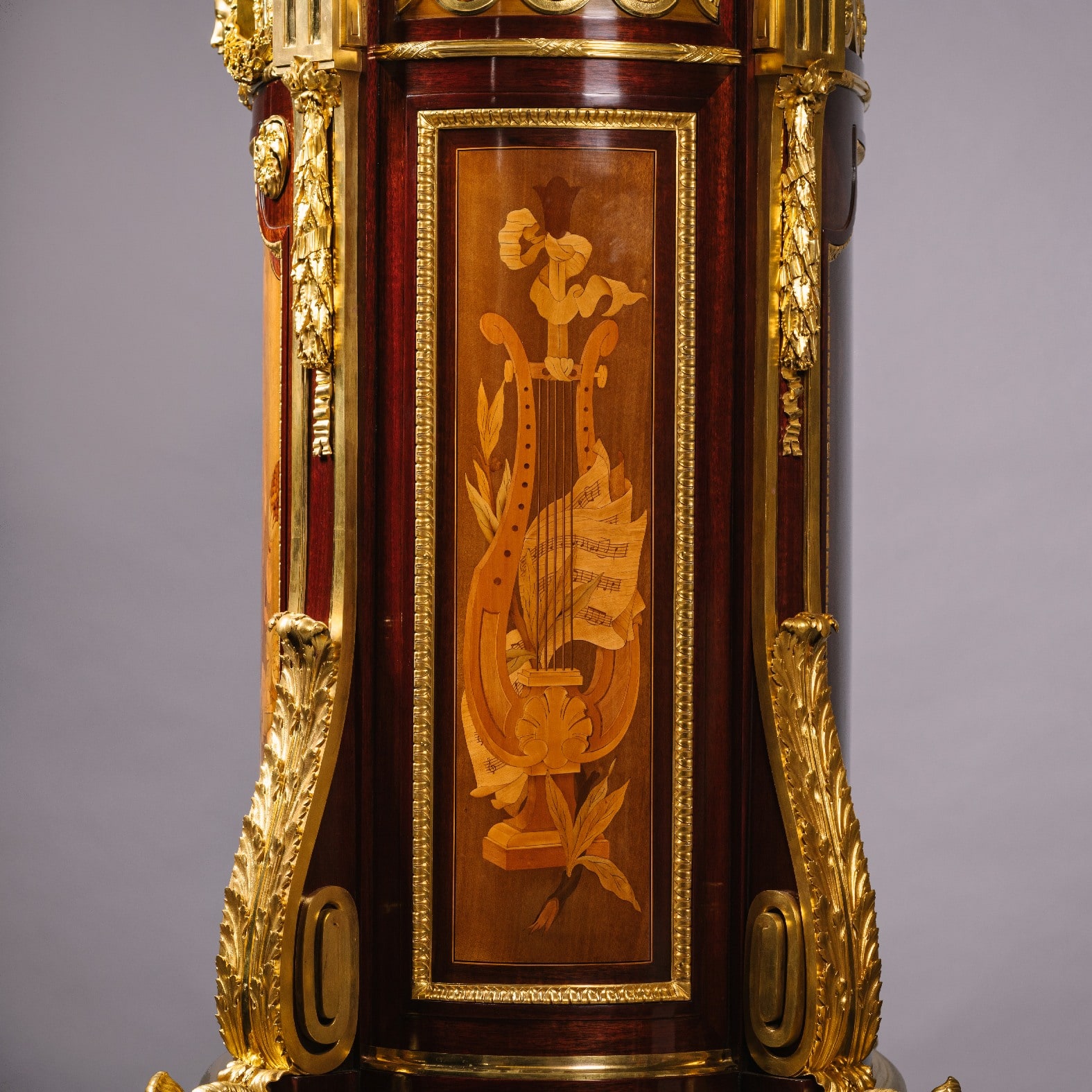
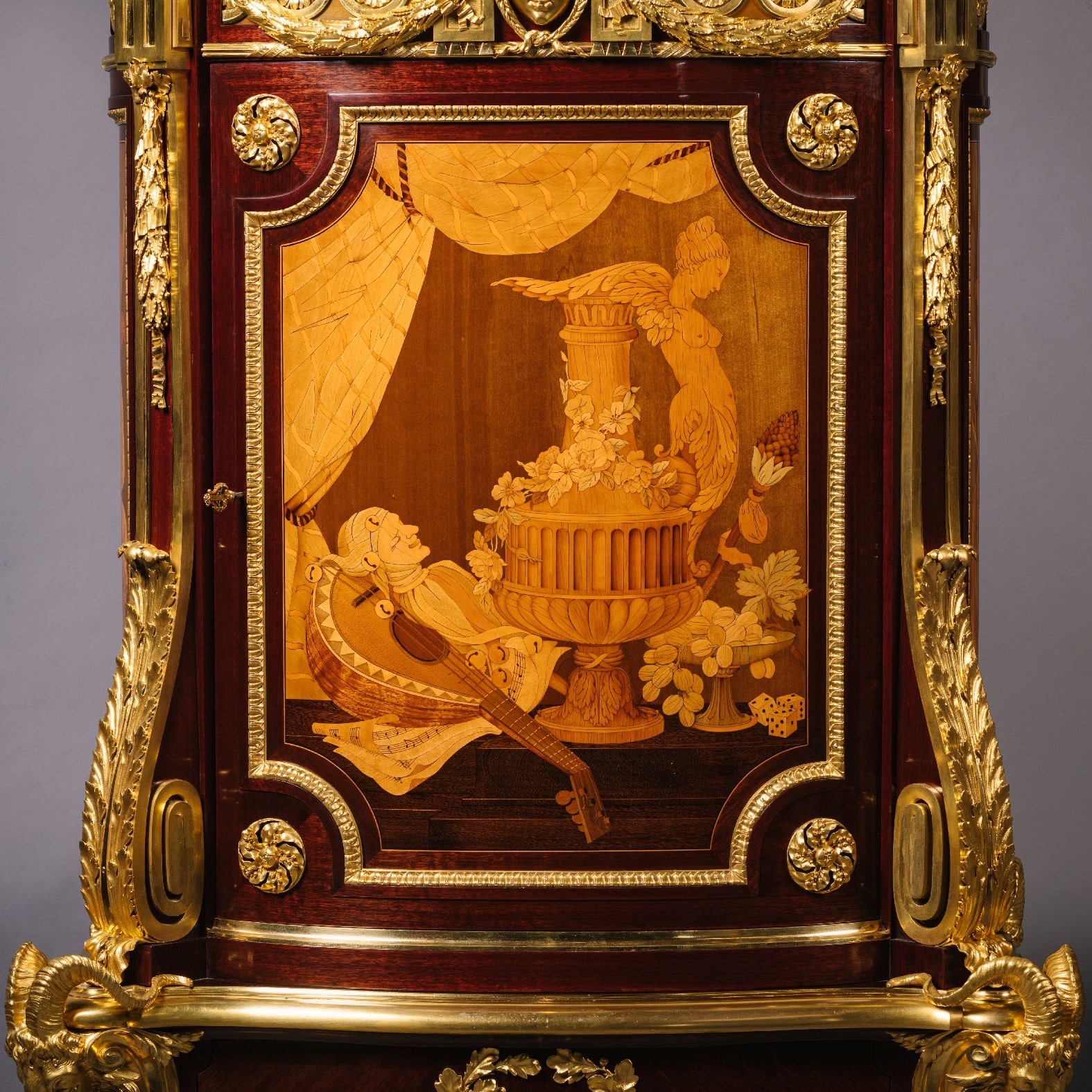
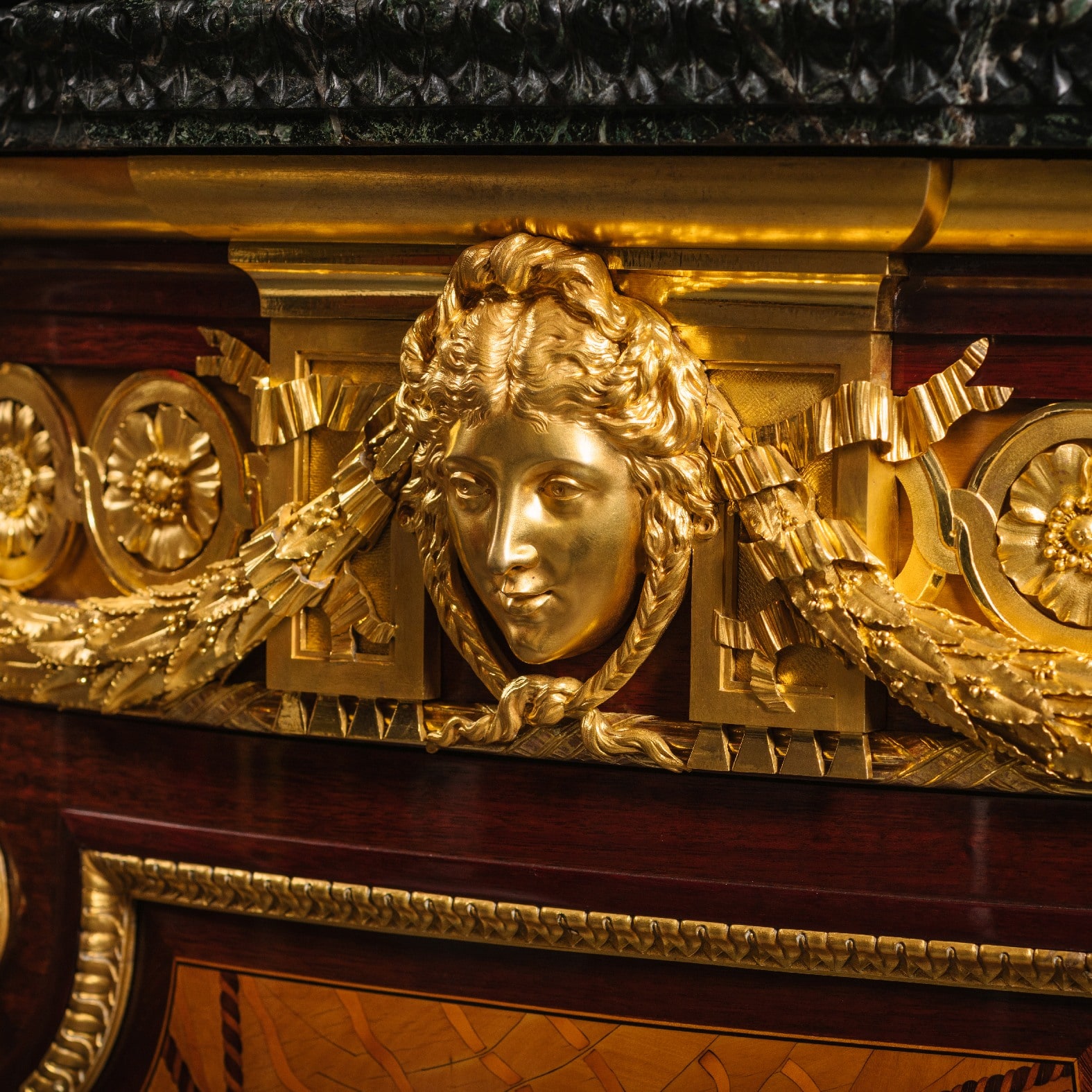
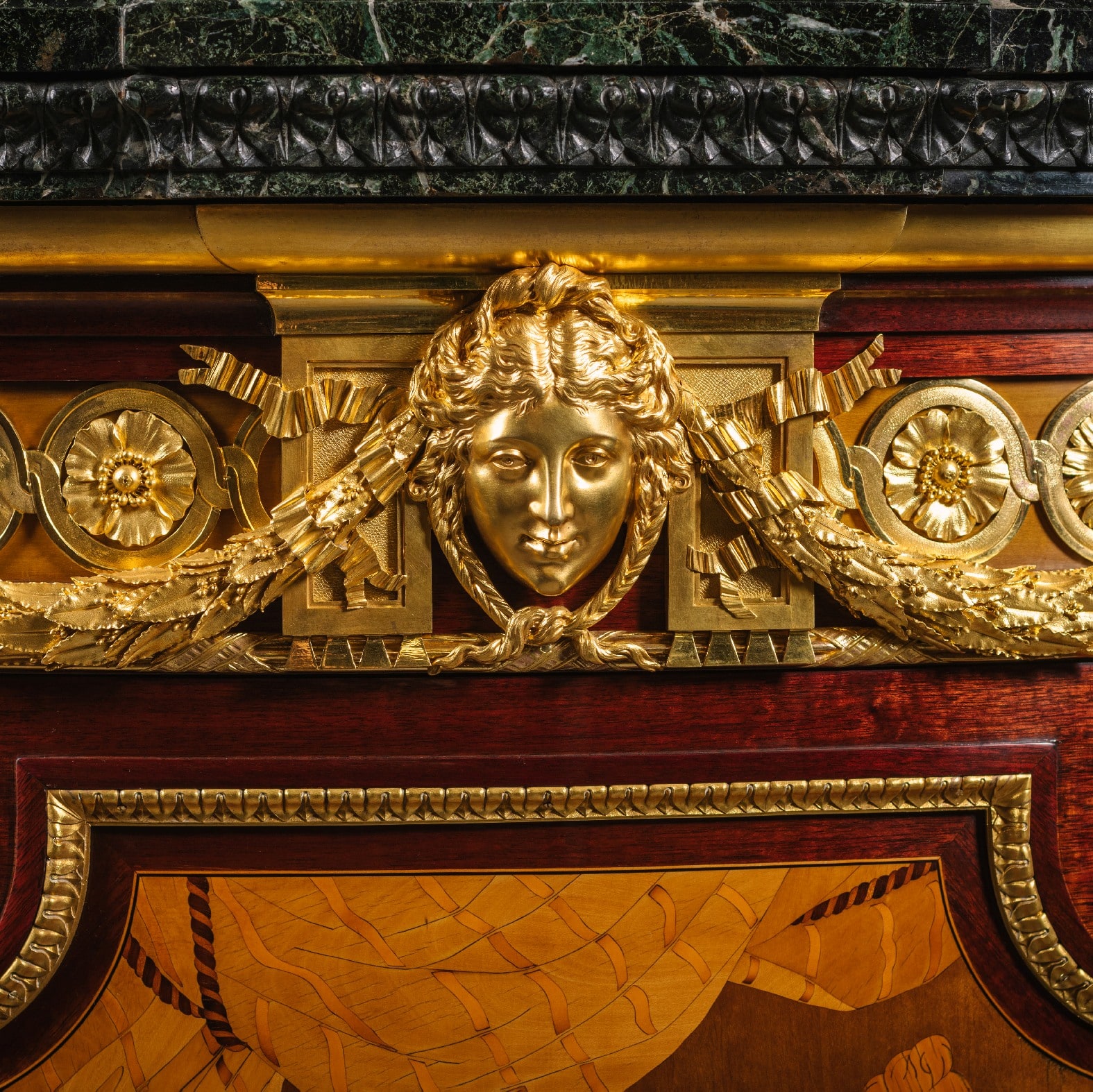
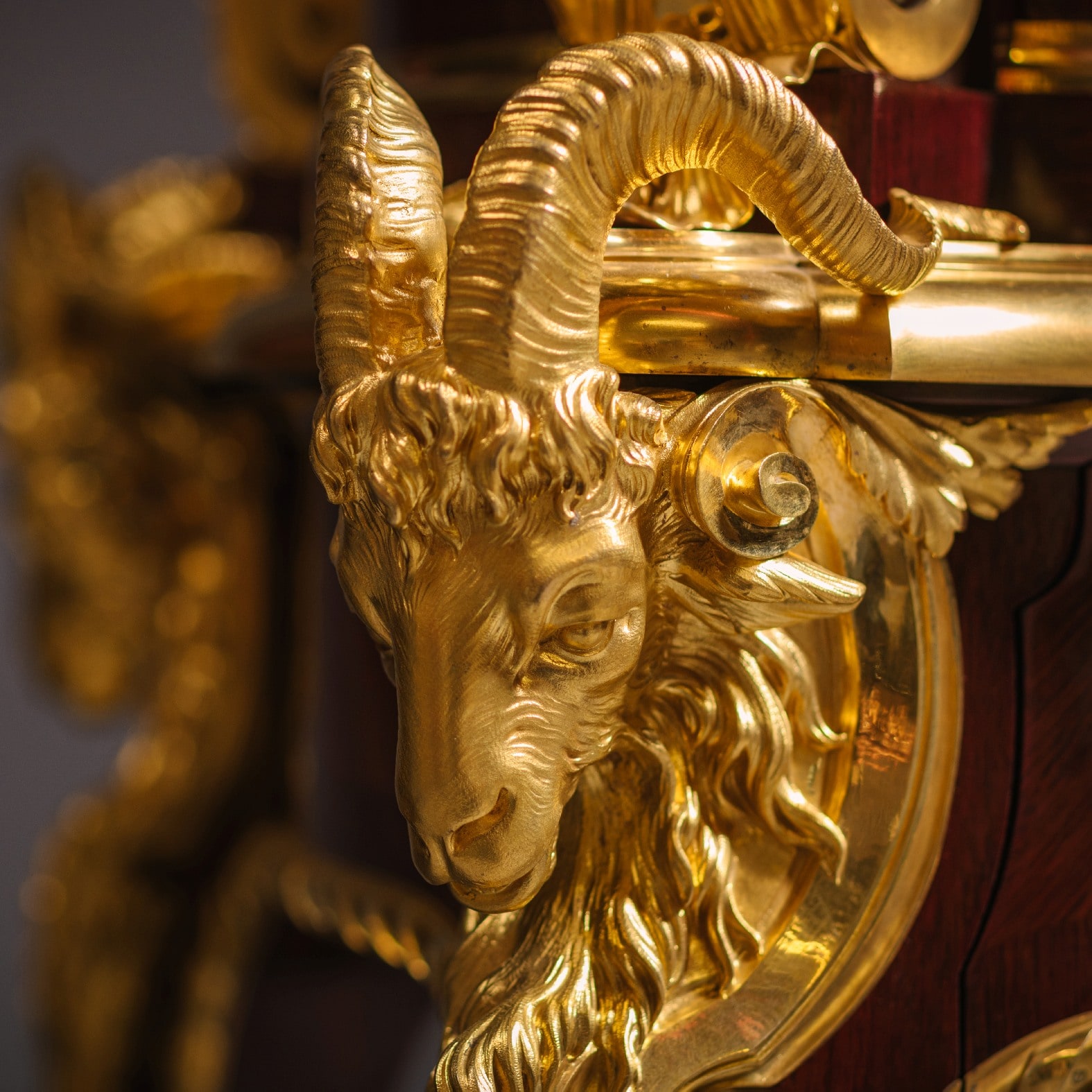
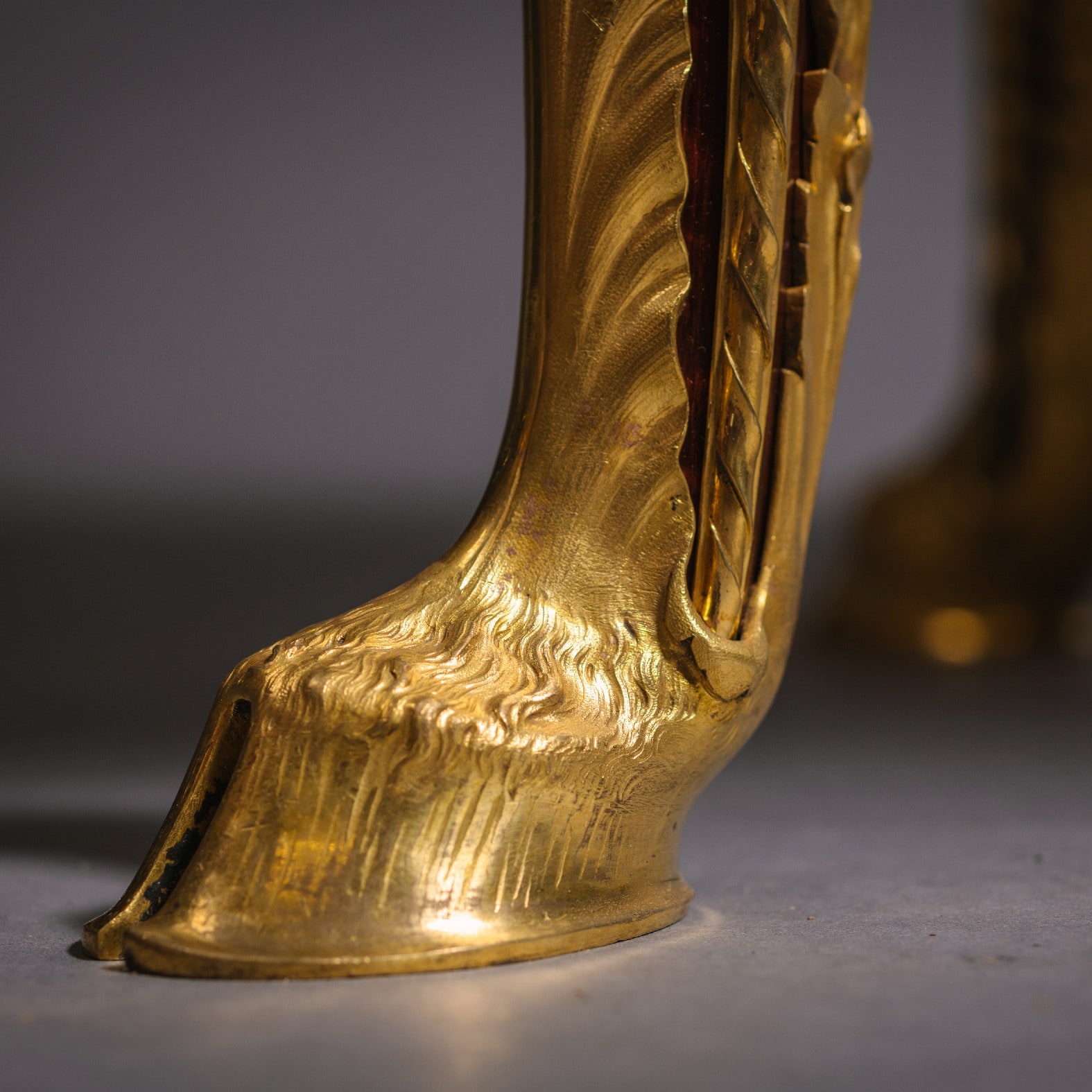
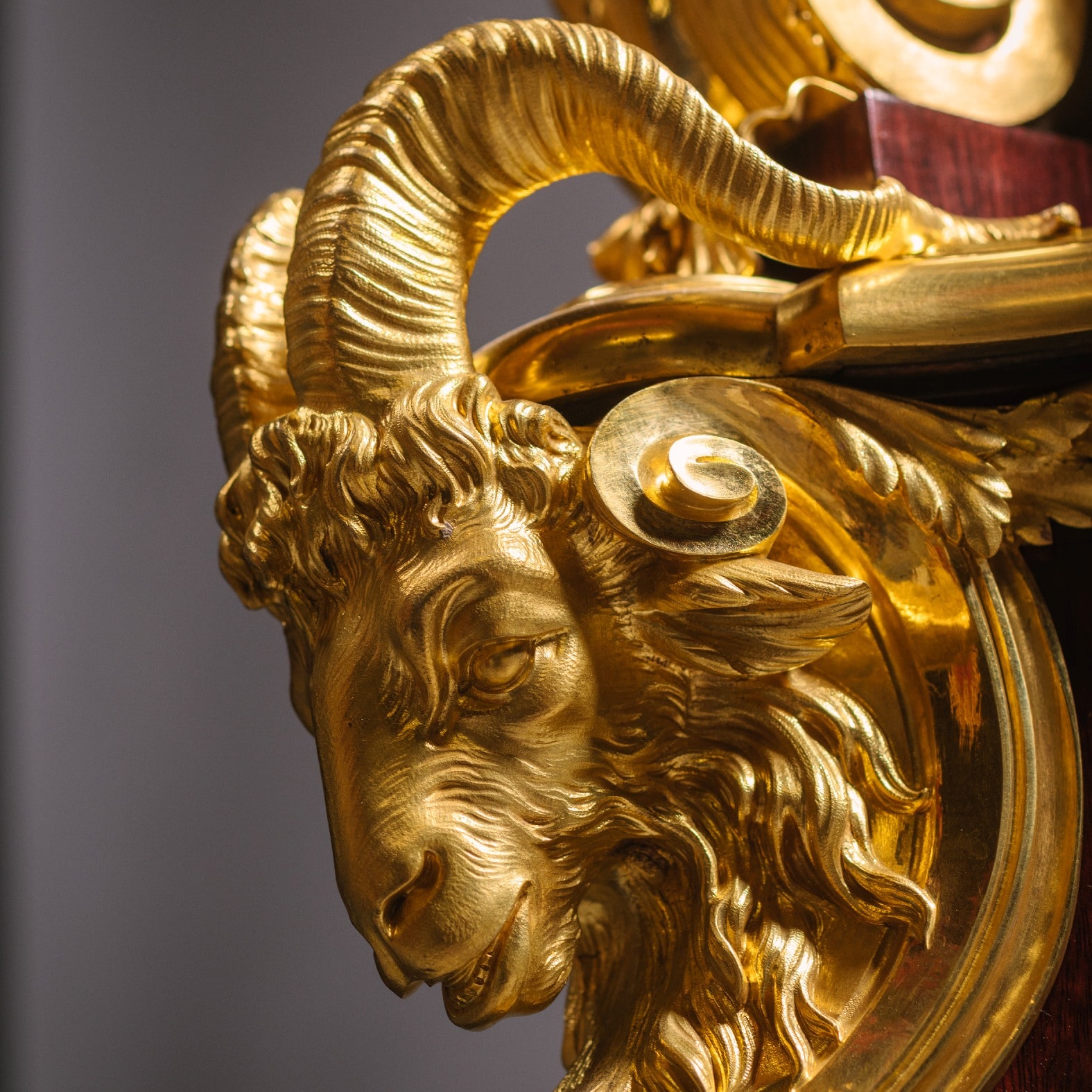
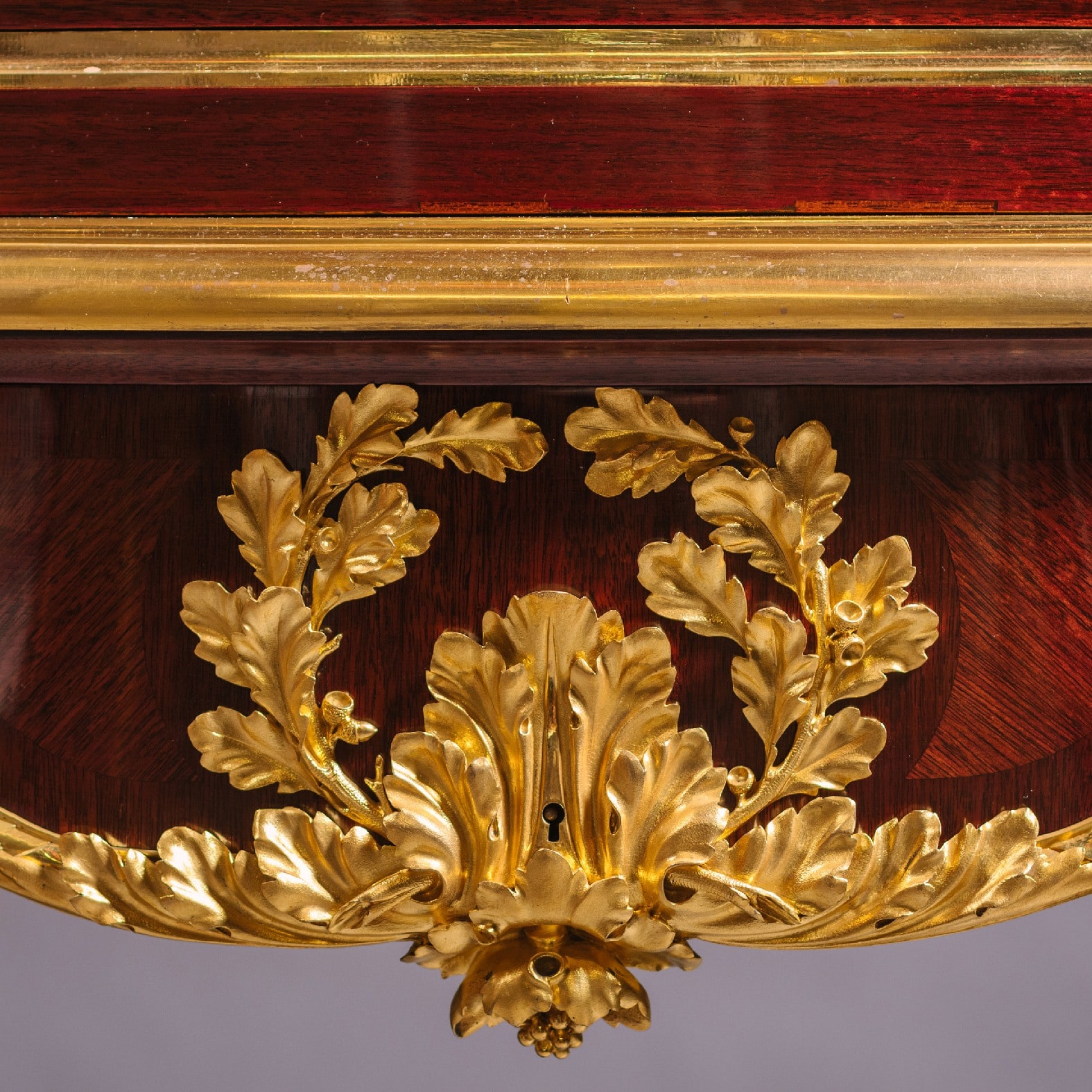
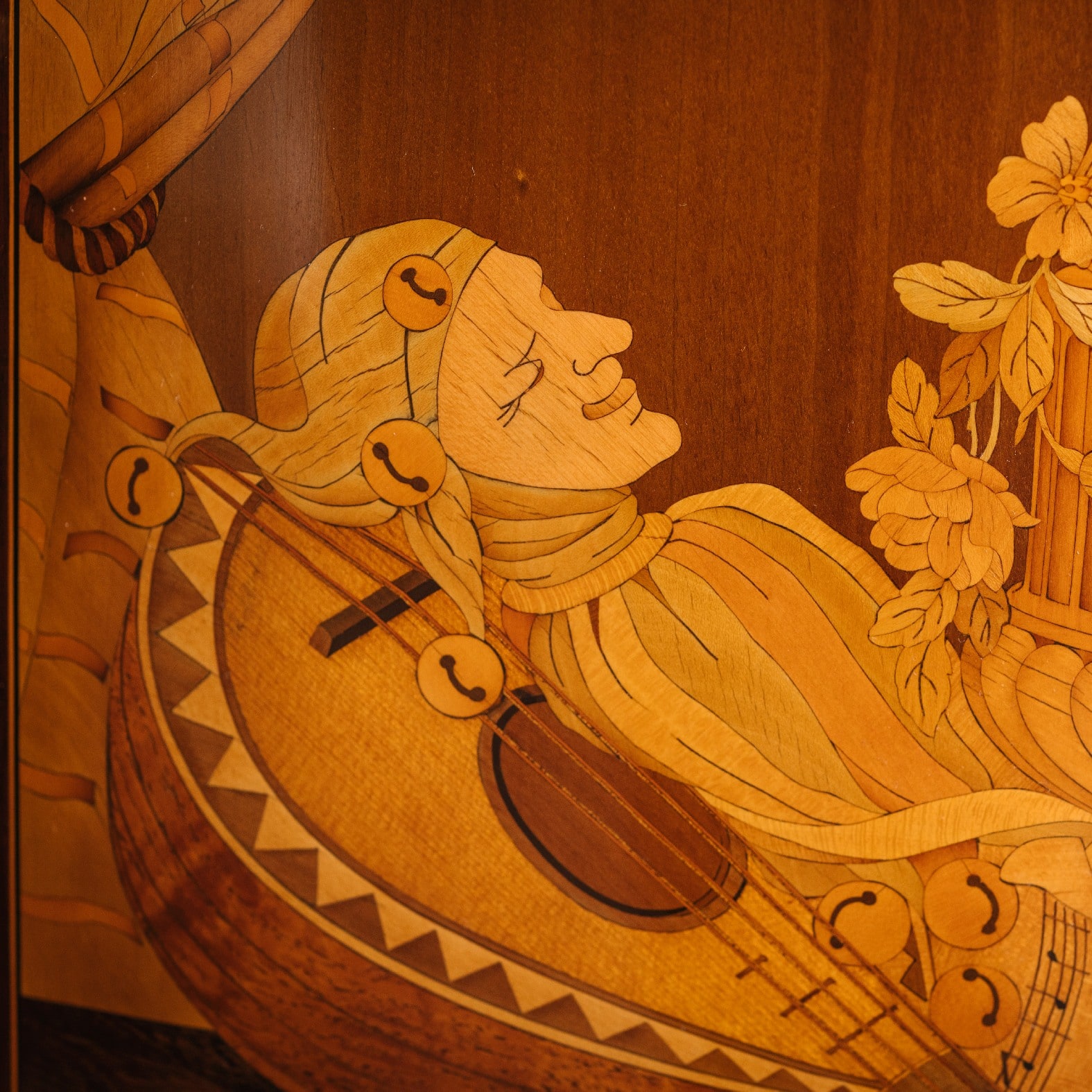
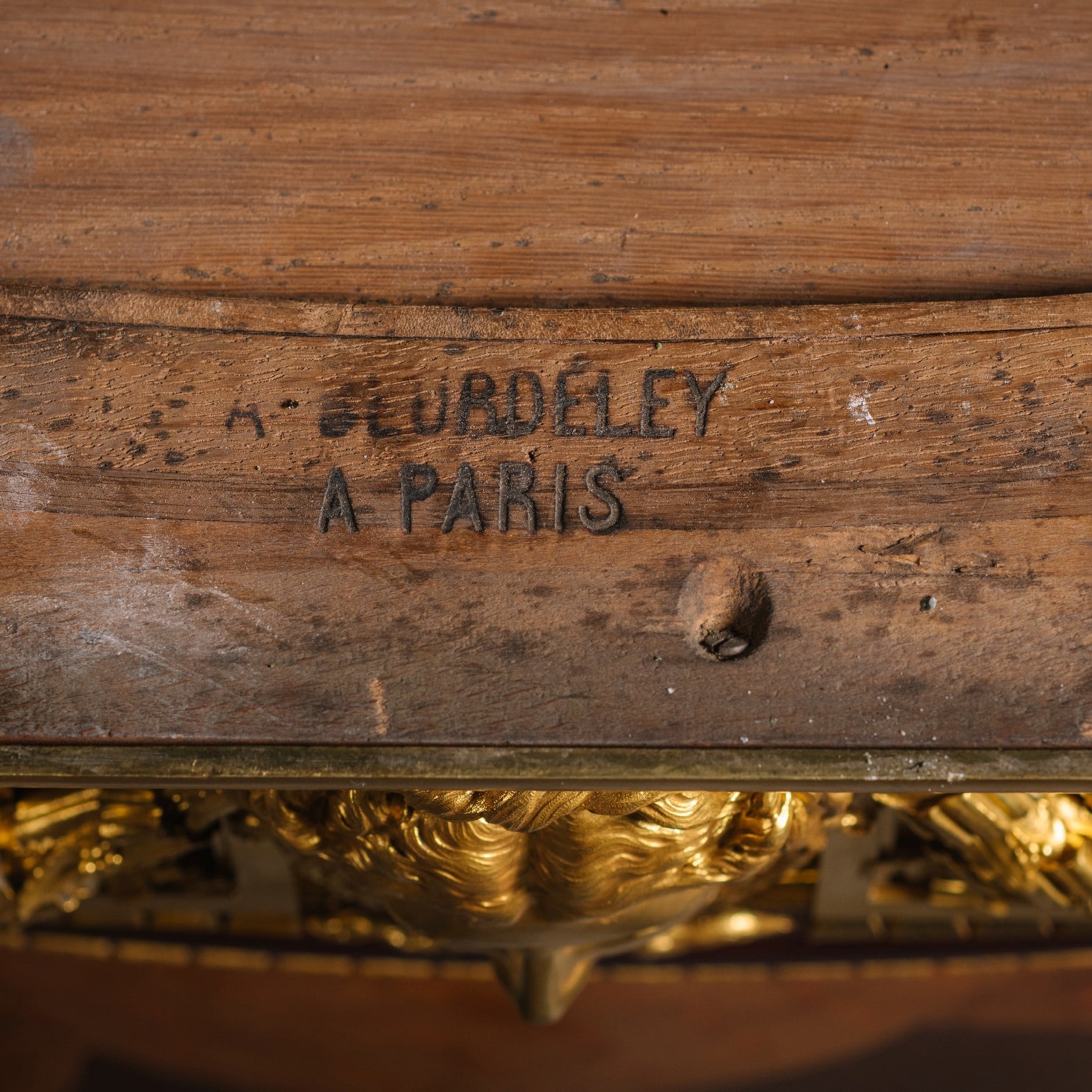

 طبع
طبع